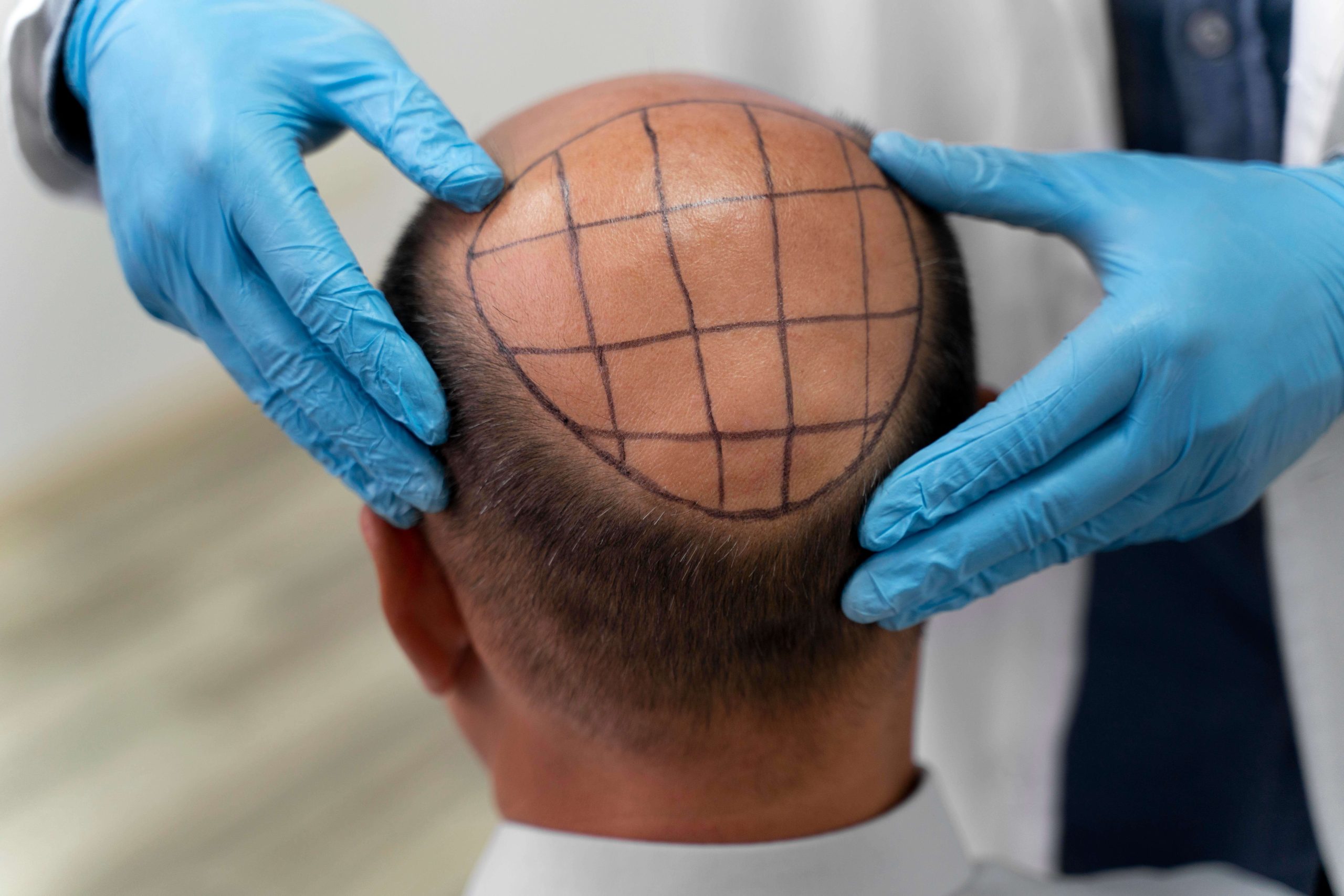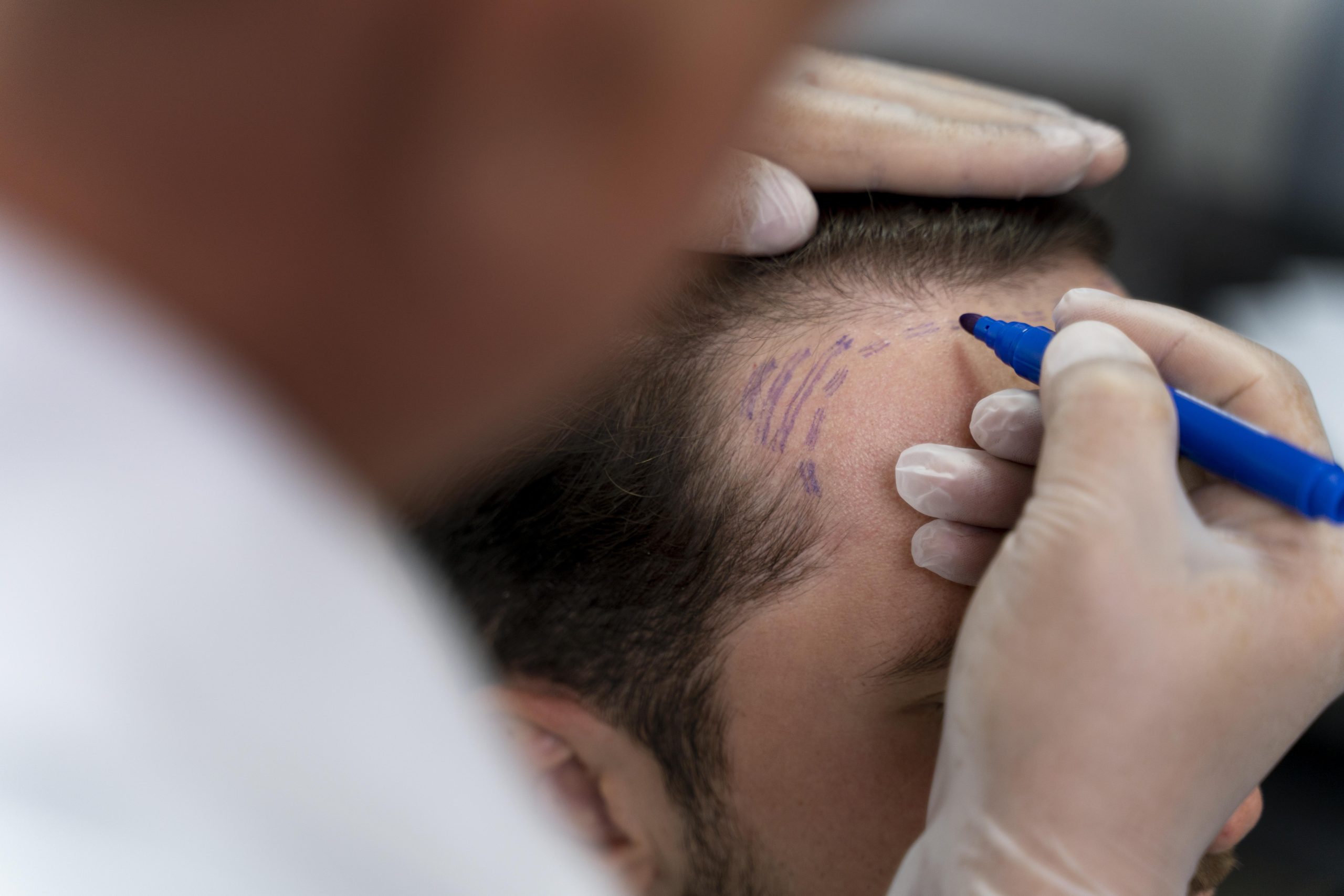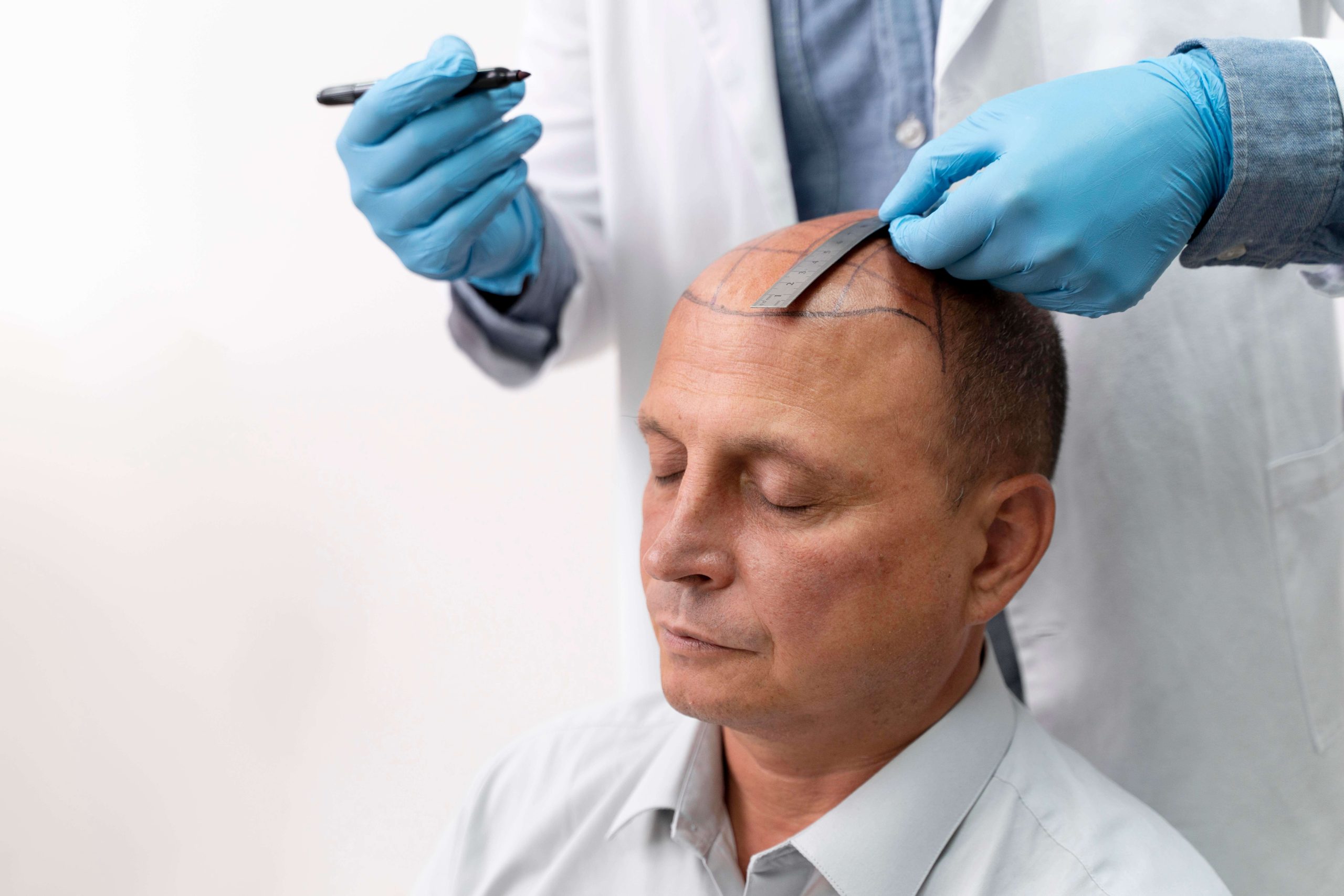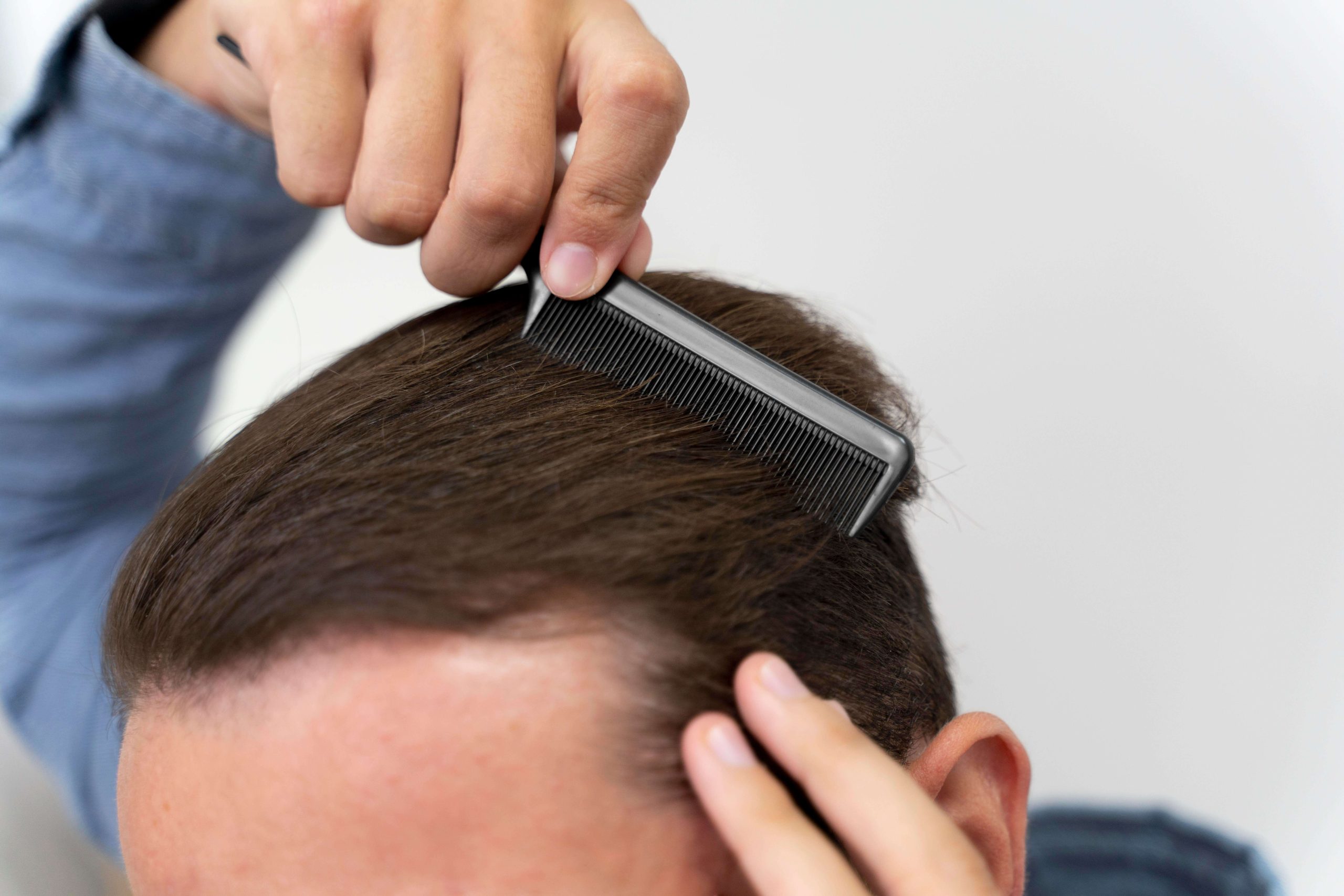
Sapphire Hair Transplantation
- Length of Hospital Stay: Not Required
- Operation Time: 6-8 Hours
- Anesthesia: Local
- Recovery Time: 6-12 Months
Sapphire Fue
Hair loss is a problem experienced by many people, and this can cause negative effects both physically and psychologically. However, to solve the problem of hair loss, modern medicine offers a number of effective solutions. One of these solutions is the Safir FUE hair transplantation method.
What is Sapphire FUE?
Sapphire FUE (Follicular Unit Extraction) is a technique used in hair transplantation. It is similar to the traditional FUE method, but the opening of the channels where the hair follicles will be placed differs. While surgical silit is used in traditional FUE, sapphire-tipped special pens are used in the Sapphire FUE method, the pens used are personal and are used only in that procedure. The tip of the pen used has sapphire material, and since the sapphire material has a sharper and harder structure, it causes less tissue damage and less bleeding, therefore wounds heal faster.
What are the Advantages of Sapphire FUE?
Sapphire FUE hair transplantation method has many advantages. These include:
- Less risk of tissue damage and bleeding
- More natural looking results
- Fast healing process
- Less discomfort and pain after hair transplantation
- Minimal scar formation on the scalp
How is Sapphire FUE Done?
Sapphire FUE is similar to traditional FUE. As in traditional FUE, it is first decided how many hair follicles will be transplanted depending on the sparsity of the patient's head. Afterwards, the personalized hairline is determined. After the hairline is determined, the person's hair is shaved. Local anesthesia is applied to the donor area and the area where transplantation will take place. Depending on the person's preference, a painless anesthesia procedure may also be preferred. In the donor area where local anesthesia is applied, hair follicles begin to be collected with a special micro-motor device. The collected hair follicles are kept in a sterile environment to preserve their vitality. When the root harvesting process is completed, the channels where the hair follicles will be placed are opened with a personalized sapphire tip pen. After the canal opening is completed, the sterile hair follicles are placed one by one into the opened canals. You can understand the Safir FUE steps in more detail in the section below. If you have any questions, please fill out the form or contact us via WhatsApp.

1) Determining the Hairline
The hairline is determined individually in order to provide a natural appearance in the forehead area.

2) Shaved
This is the part where the hair of the person to be transplanted is completely shaved after the hairline is determined.

3) Local Anesthesia
It is the local anesthesia part applied to the donor area and the area to be transplanted. Depending on the person's preference, painless anesthesia may also be preferred.

4) Collecting Hair Roots
It is the process of collecting hair follicles in the donor area under local anesthesia with the help of a micro motor.

5) Opening a channel to the area to be transplanted
It is the process of opening channels where the hair follicles will be placed in the area to be transplanted, with the help of a sapphire tip pen.

6) Transplantation Process
It is the process of placing sterile hair follicles into the opened channels after everything is ready, with the help of surgical forceps.
Sapphire FUE Healing Process
- After hair transplantation, there may be slight swelling and redness in the head and forehead area.
- Small crusts may form in the areas where the grafts are taken from the donor area.
- There may be bandages around the head or a special helmet. This ensures that the grafts remain in place.
- You may feel mild pain and discomfort in the first days. You can use painkillers recommended by your doctor.
- The crusts usually begin to fall off and the grafts hold in place.
- Swelling and redness will subside, but may still be visible.
- You can return to your normal activities, but it is important to avoid strenuous exercise.
- The crusts usually begin to fall off and the grafts hold in place.
- Swelling and redness will subside, but may still be visible.
- You can return to your normal activities, but it is important to avoid strenuous exercise.
- Redness and sensitivity in the hair transplantation area decreases.
- The process of new hair growth begins. However, new hair may not be apparent yet.
- Healing in the donor area continues and you can start cutting your hair normally.
- The 3rd month after hair transplantation is an important period in the healing process.
- At this time, new hair strands become more visible and more density may occur on the scalp.
- Hair loss may continue during this period. This is a normal process and is called “shock shedding.” Hair falls out temporarily to adapt to its roots and then grows back.
- Redness and sensitivity in the hair transplantation area are greatly reduced. The grafts may be fully settled and approach the normal appearance of the scalp.
- The new hair usually grows longer and the hairline becomes more visible.
- After hair transplantation, the results become more and more obvious and the natural appearance of your hair increases.
- New hair begins to become visible and fullness increases in the hairline.
- Redness and sensitivity in the hair transplantation area disappear almost completely.
- You may start to see your hair become fuller and thicker.
- The Healing Process is Completed.
- The natural appearance of your hair improves and it is usually not noticeable from the outside that the transplant has been performed.
- The growth process of your new hair continues, so you can have longer hair.
